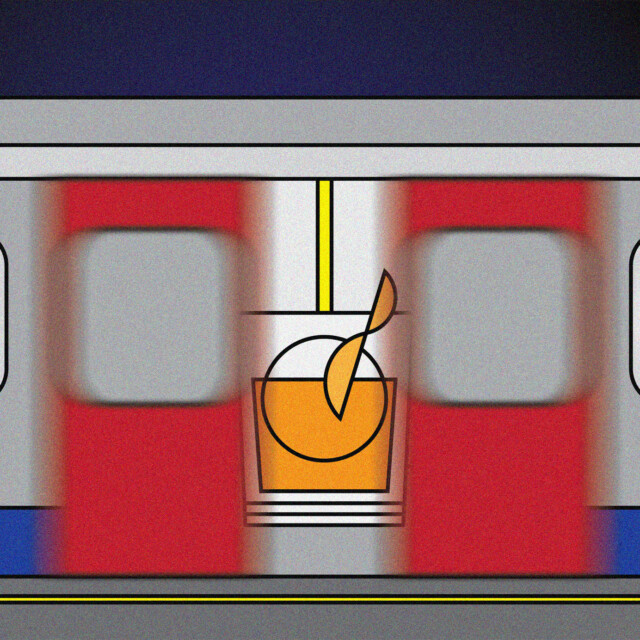A sliding door moment is a seemingly minor event that changes the trajectory of everything. The phrase comes from a mostly forgotten 1998 Gwyneth Paltrow rom-com, “Sliding Doors,” which cleverly depicts the two wildly different paths her life takes depending on whether she catches a train on the London Underground.
Though the film was mildly received, the term has transcended its origin and become as much a part of the common vernacular as “saying the quiet part loud” or Groundhog Day. How would the world have been different if Archduke Ferdinand’s driver had taken a different route, if the assassin’s bullet had missed JFK, or — on a lower-stakes level — if the Portland Trailblazers had drafted Michael Jordan instead of Sam Bowie?
Sliding door moments have also affected the drinks world, causing the rise of certain brands, the ubiquity of noted cocktails, as well as the fall of entire categories. Here are a few of our favorites.
An Appliance Scion Starts the Craft Beer Revolution
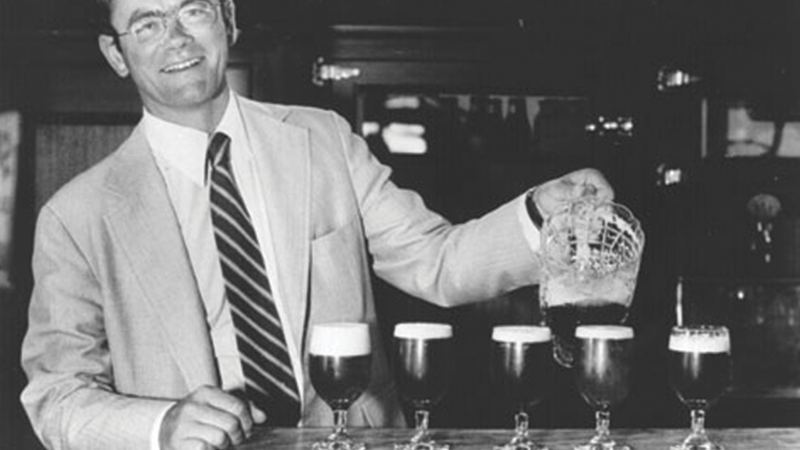
It’s 1965 and Fritz Maytag is dining at a beatnik-beloved Italian restaurant in the North Beach neighborhood of San Francisco. During dinner, Maytag hears some distressing news: The longtime, local brewing icon Anchor Steam Co. is going out of business due to poor sales. The scion of the eponymous Maytag, Inc., a home appliance giant, by then he was looking to forge his own path. It was then that the recent Stanford grad made the snap decision to buy enough stock (only a few thousand dollars worth) to gain a controlling interest. Not only would the revived brewery release (a better) version of Steam Beer, but also the earliest forays into several craft beer styles: Anchor Liberty Ale, the ur-IPA, Anchor Porter, and Anchor’s Special Christmas Ale, one of the first seasonal brews. Maytag’s gamble would eventually inspire an entire industry, now some 10,000-breweries strong.
In a parallel world: “craft” washing machines become a sensation
The Stones Cause a Tequila Sunrise
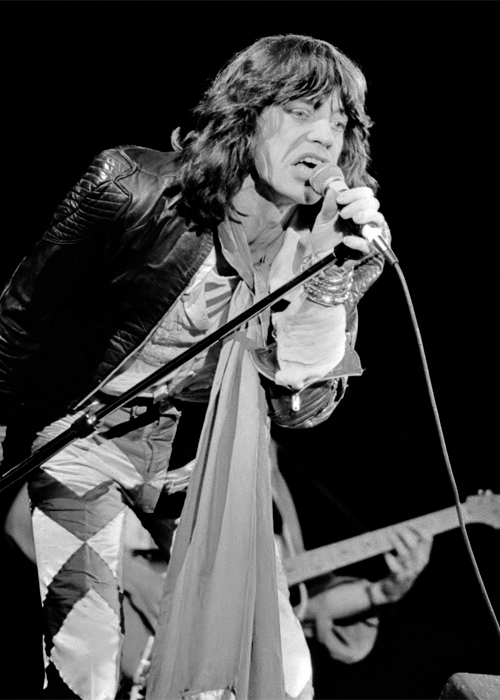
It’s June of 1972 and the Rolling Stones are kicking off a U.S. tour. While in the Bay Area, their promoter throws them a party in Sausalito at a restaurant called The Trident, the largest outlet for tequila in America at the time (supposedly thanks to the Mexican drug smugglers who frequented it). Lead singer Mick Jagger is served the house specialty, a simple mix of tequila, orange juice, and grenadine. He loved the colorful cocktail and thought it should become the official backstage drink for the rest of the tour. By the time the tour ended at Madison Square Garden in July, the cocktail’s popularity had spread so far that, by the next year, Jose Cuervo was including the recipe on the back of bottles. That same year, the Eagles released a song called “Tequila Sunrise.” Today, one could argue, the Tequila Sunrise is among the most notable tequila cocktails in the world, rivaled only by the Margarita and the Paloma.
In a parallel world: cocaine remains a helluva drug
A Judgment Lifts American Wine
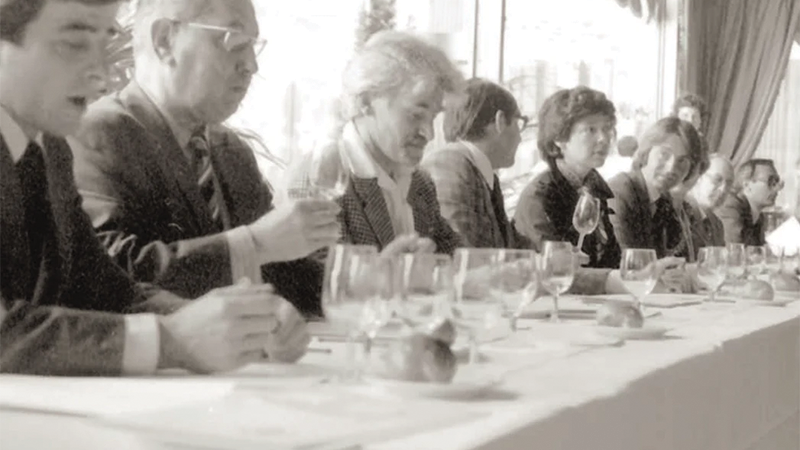
In 1976, Steven Spurrier, a British wine merchant, his American colleague Patricia Gallagher, and nine French wine experts, decided to hold a blind tasting pitting the best of the best French wines against their California counterparts. Shockingly, a Napa Valley wine would prevail in both the red and white wine categories. This so-called Judgment of Paris would lead to a California (and New World) wine boom that still prevails today, while challenging the long-thought superiority of French wine.
In a parallel world: the French become (even more) arrogant about their wine
60 Minutes of Healthy Reds
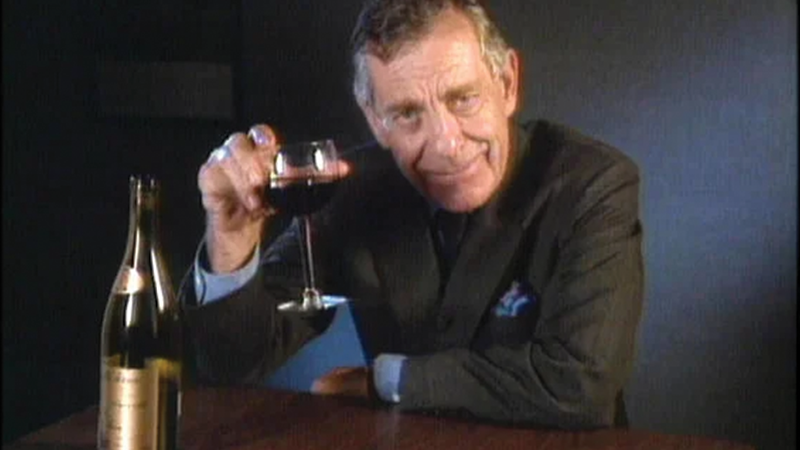
Back in the early-1990s, back when network TV could still change the world, Morley Safer of “60 Minutes” recorded a segment on the paradox of French people eating fatty foods while remaining heart-healthy. The answer he and several other studies had arrived at was their love of red wine. The Nov. 17, 1991 segment became a viral talking point across the country and within a year, red wine sales in the U.S. had jumped a remarkable 40 percent. By 1995, annual red wine sales had gone from 26 million cases in 1991 to nearly 46 million. Today, the studies from the era have all but been debunked and, as of earlier this year, the CDC claims all alcohols can also lead to certain cancers.
In a parallel world: ThighMaster sales jump instead
Merlot Sales Go Sideways
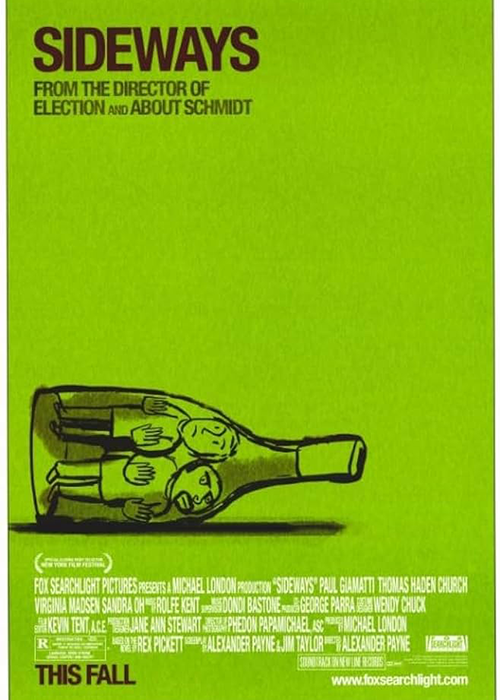
Not all red wines boomed over the last three decades. In 2004, acclaimed director Alexander Payne released “Sideways,” his black comedy about two buddies (Paul Giamatti and Thomas Hayden Church) on a tasting trip through Napa. Giamatti plays the wine-obsessed Miles, who touts the greatness of Pinot Noir while bashing a certain other variety. “I am not drinking any f*cking Merlot!” he screams before he and Church’s Jack go on an impromptu double date with two local women. The line in the Academy Award-winning movie (Best Adapted Screenplay) was apparently so memorable it would haunt and inform the purchasing decisions of consumers over the next two decades. By 2009, Merlot sales were “measurably” down, with many seeing it, like Miles, as a grape meant for cheap bottles. (Over this same period, Miles’ beloved Pinot would see a 16 percent increase in sales.) It would take until the end of the 2010s for Merlot to finally recover.
In a parallel world: instead of Frosé, we now have Ferlot
Don’s Old Fashioned
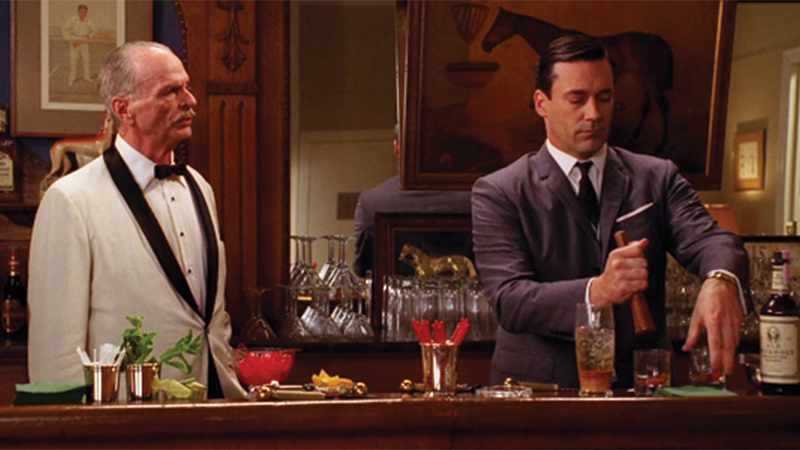
In the 1960s the Old Fashioned was ubiquitous, but by 2007, when AMC’s “Mad Men” debuted, it had been all but forgotten, remembered only as a stuffy “old man’s drink.” Don Draper, the protagonist at the center of the show’s 1960s Madison Avenue advertising world, was hardly an old man; portrayed by Jon Hamm, he was the epitome of stylish, if not tortured, coolness. His nearly-every-episode order of an Old Fashioned renewed interest in the simple cocktail, just as a cocktail bar revolution was taking place in New York City and other urban enclaves. Perhaps this renaissance would have revived the Old Fashioned regardless, but Don’s love for the cocktail certainly sped things up.
In a parallel world: “Mad Men” revives the Blue Hawaiian
Bourdain’s Bourbon
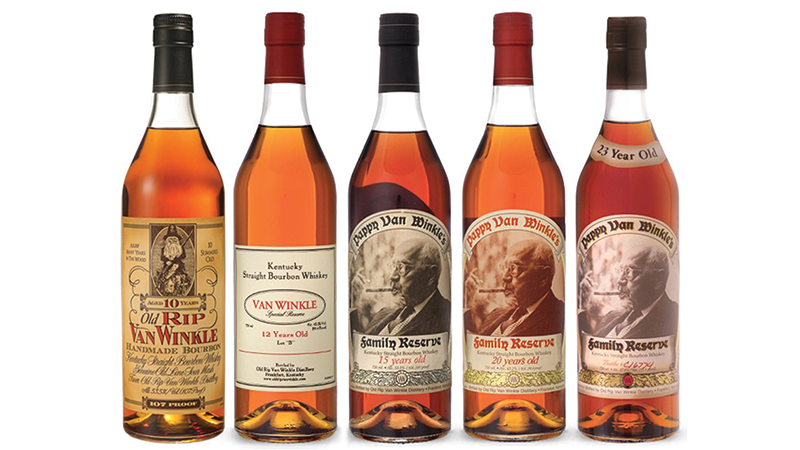
It’s easy to think that something like Pappy Van Winkle has always been acclaimed, always been sought-after, and always been “famous.” But the first Pappy, the 20-year-old Family Reserve, hit liquor store shelves in 1994 and got little attention. It was an $80 bottle in an era when bourbon sales were still on the decline. Over the years it would gain cult acclaim among the culinary cognoscenti, but it would also take television and celebrity star power to fully change its fortune. In a 2012 episode of “The Layover,” Anthony Bourdain drinks Pappy Van Winkle and proclaims, “If God made bourbon, this is what he’d make.” Maybe it was already destined for greatness — Ryan Gosling had served it to Emma Stone the year before in “Crazy, Stupid, Love” — but Bourdain’s imprimatur seemed to canonize Pappy’s standing in the cultural firmament. Within the year, it was considered a unicorn, hard to find on retail shelves, and impossible to find at MSRP.
In a parallel world: taters pursue Balvenie instead
